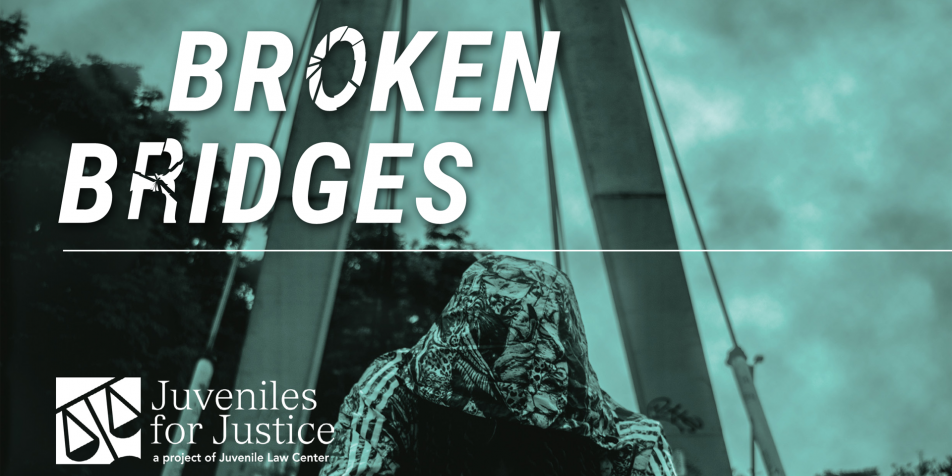Broken Bridges: How Juvenile Placements Cut Off Youth from Communities and Successful Futures

The United States incarcerates youth at more than double the rate of any other country in the world. On any given day, almost 50,000 young people are locked up in juvenile facilities across the country. Although overall juvenile incarceration rates have been falling, Black youth are still over five times more likely than their white peers to be detained or committed to
an institution.
We know these institutions—many of which are over 100 years old—are part of a punitive corrections-oriented
approach that does not work for youth. Research shows that institutional settings harm young people developmentally, psychologically, and—far too often—physically. Yet our country continues to rely on this outdated model as the backbone of its juvenile justice system.
This is a guide for stakeholders to understand the experiences of young people in placement facilities. This publication is one piece of Juveniles for Justice’s 2017-2018 project which seeks to address harsh, harmful practices the youth advocates experienced in these facilities.
This publication contains narratives of the youth advocates’ experiences in placement, their recommendations for change, and sample questions for advocates and courts to use to gather information about young people’s experiences in facilities.